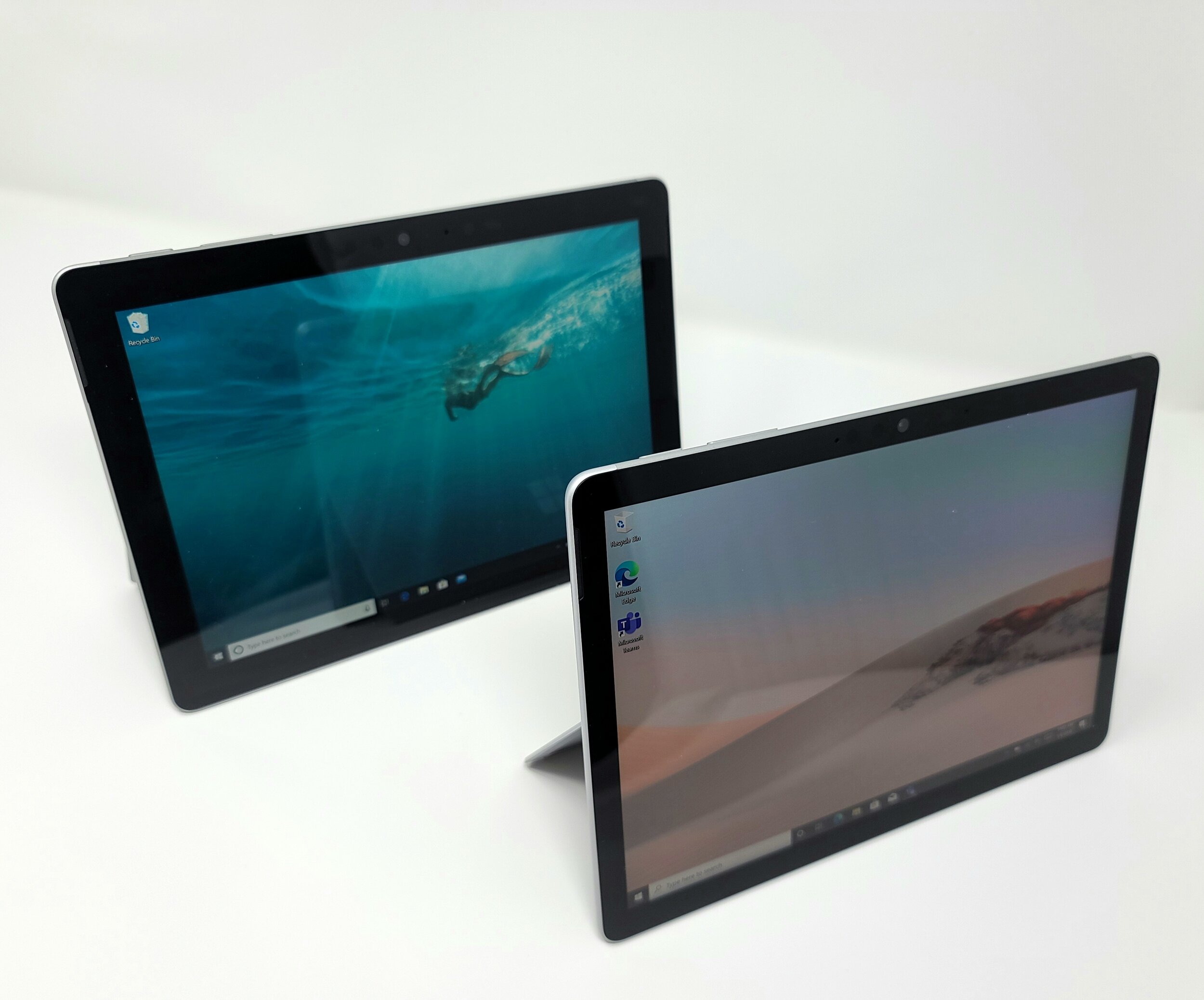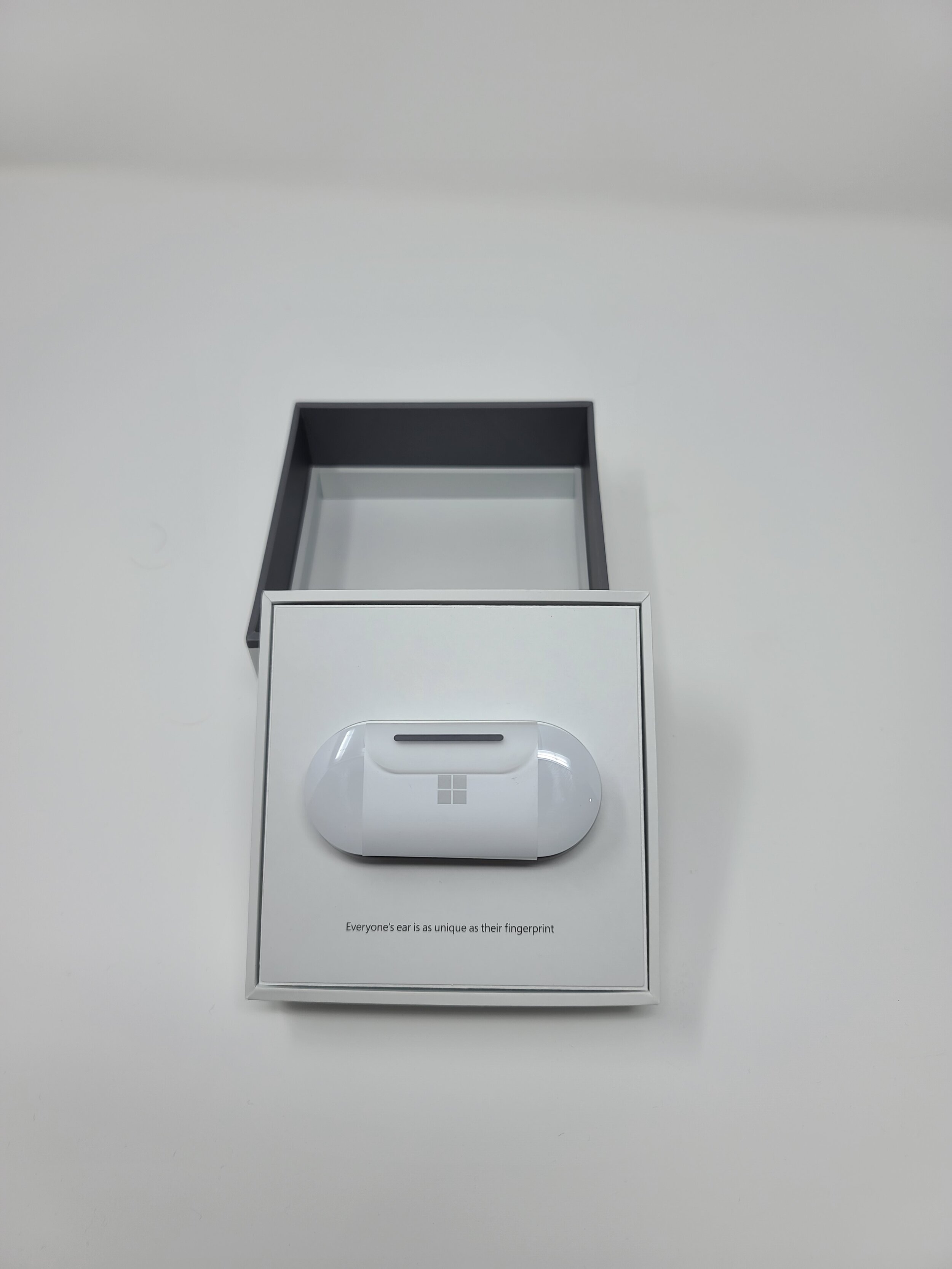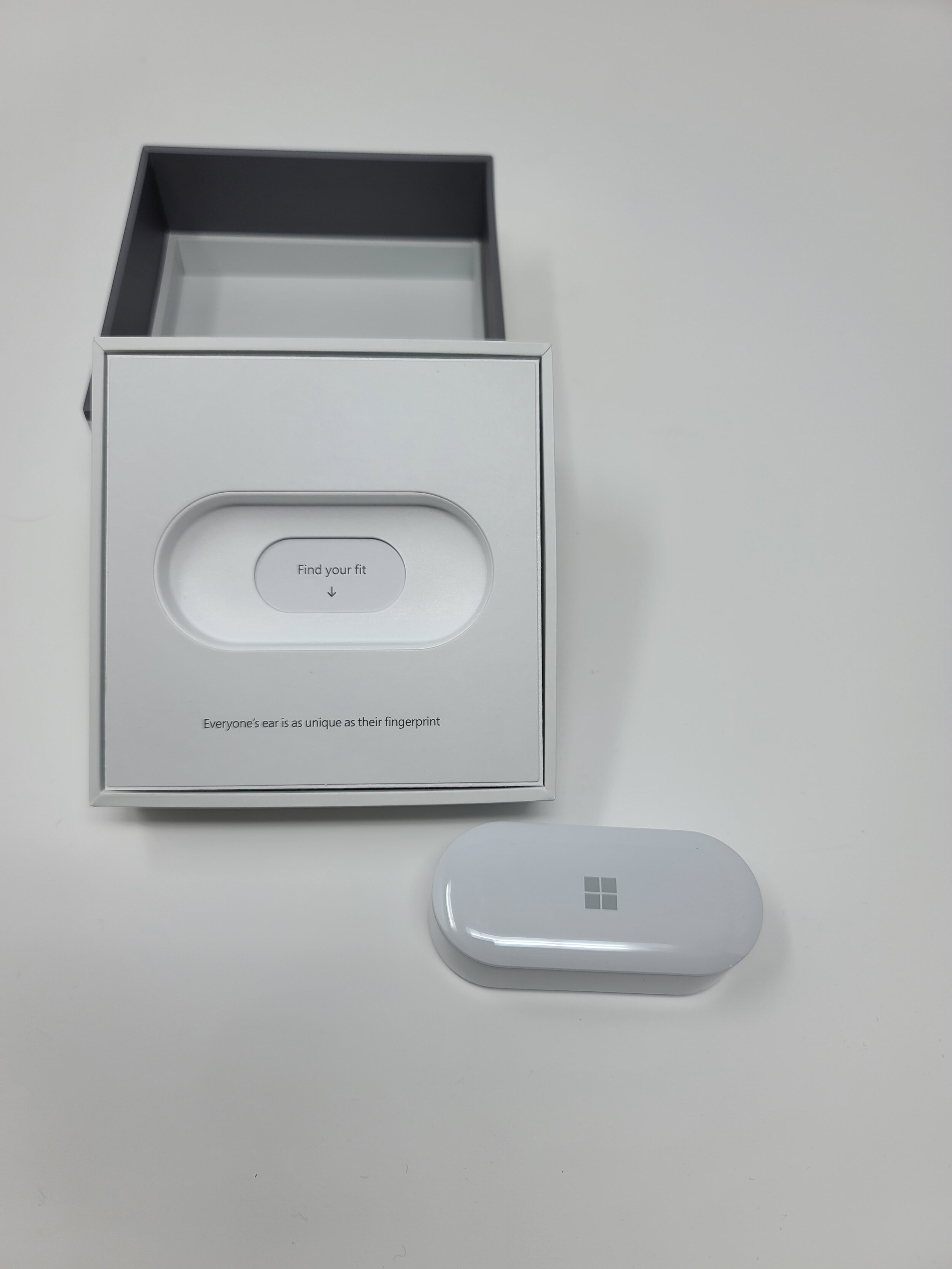Microsoft Updates Surface Go, Book, and Headphones
Bottom Line
Microsoft updated three Surface products, is finally bringing Surface Earbuds to market, and announced two new docking solutions. The changes to the Surface Go 2 are the most significant, with both design and spec updates that make it a serious mobility option, not just an “on-paper” iPad competitor.
[First published May 8; updated May 11 once replacement Surface Earbuds arrived]
Analysis
Microsoft’s Surface line generates over a billion dollars in quarterly revenue and includes everything from 2-in-1 convertibles to desktops to giant interactive boardroom computers. For Spring 2020, Microsoft has a grab-bag of mostly minor updates to its smallest convertible (Surface Go 2), its most powerful laptop (Surface Book 3), and its noise cancelling headphones (Surface Headphones 2).
Surface Go 2
The improvements to the Surface Go 2 are the most transformative. The original Surface Go was cute but not terribly useful: performance was poor, and battery life for such a portable product was dismal. The Surface Go 2 has a larger 10.5” display in the same case size. This is up from 10”, but the difference is noticeable. While there are still bezels, they are no longer as egregiously thick, and the added screen real estate means that toolbars don’t need to be kept hidden in Office apps.
The new model starts at $399, but the price is misleading. First, Windows 10 is not a very good tablet OS, and nearly everyone who buys a Surface Go 2 will want the $129 Surface Go Type Cover to use it as a convertible laptop. That $529 combination could serve as a light-use device in place of a Chromebook or iPad especially for families with grade school children – Windows allows multiple users and child accounts. However, a more realistic configuration for general use is the step-up model, which has an Intel M3 processor and adequate amounts of RAM (8GB up from 4GB on the base model) and storage (128GB instead of 64GB. On both models, storage can be expanded via a microSD slot hiding behind the kickstand). The Intel M3 version costs $759 once the keyboard has been added. That’s not cheap, but it is well made, extremely portable, and performance is up 64% from the original Go, which did not have an M3 option. It is still not a fast computer and gamers should look elsewhere, but while writing this report, I was able to run Office and Edge with multiple tabs open without slowdowns.
The biggest change to the Surface Go 2 could be improved battery life, which is now spec’d at 10 hours. The original was supposed to offer nine hours, but I could never get it to last past four, which just is not good enough for a device that is designed to be carried everywhere, not sitting somewhere plugged in. This report will be updated once real-world battery results are in.
There is also a SKU with built-in LTE for $100 more, and the added connectivity fits nicely with the form factor. Carriers are unlikely to push the Surface Go 2 through their retail channel because carriers have never successfully sold connected laptops. With limited inventory and better sales force education, the Surface Go 2 could be an exception: it will appeal to some productivity-oriented consumers considering an LTE-enabled iPad, and carriers can demonstrate how well Windows 10 works with phones. However, given the current pandemic, this is not the right time for carrier retailers to try.
Surface Book 3
For the Surface Book 3, Microsoft kept the design unchanged, and upgraded its processor and GPU options to Intel 10th gen processors and Nvidia discrete graphics. This is now the most powerful computer Microsoft offers. It should be noted that Microsoft is not shutting the door to the competition. Other vendors (including Apple) have laptops that may perform better on some tasks thanks to even more powerful CPU or GPU options. The Surface Book 3’s battery life is expected to be exceptional – the removable-tablet-plus-keyboard-base design means that there are batteries in both the tablet portion and in the keyboard base. The design also allows for flexible use cases, especially by removing the display, flipping it around, and then folding the Surface Book 3 closed; the display is now at the perfect angle for drawing or drafting with a Surface Pen.
Despite the battery life and flexible use cases, it is surprising that Microsoft has not revisited the Surface Book design. The display, keyboard, and Pen are terrific, but the form factor is unnecessarily bulky if you're not using the display as a tablet for a significant portion of the time. I have tried to use the Surface Book as a tablet over the years, and while there are some use cases that make sense (watching videos), the Surface Book is incredibly awkward as a tablet: it is heavy, the 15” is extremely bulky, Windows 10 apps are generally not formatted for tablets, and any version of the Surface Book is wildly expensive as a tablet, even compared to an iPad Pro. A swiveling hinge would offer most of the benefits for Pen-based designers of the current Surface Book, with easier thermals and weight constraints for Microsoft’s own designers to work with.
Surface Docking Stations
Two new docks were announced: a $259 Surface Dock 2 and a $99 USB-C Travel Hub; travel docks are useful for working from home setups, too. The desktop dock is expensive, and there are plenty of third party mini-docks hitting the market. However, enterprise customers asked for these, and they will buy them. That’s really all that matters.
Surface Headphones 2
Microsoft got into the audio game in 2018 with Surface Headphones, slate grey over-the-ear headphones with easily adjustable noise cancellation that it pitched for open office use. While open office layouts are likely a thing of the past – one undeniably positive outcome of the Covid-19 pandemic – home office and cubicle dwellers are still in dire need of isolating audio solutions. Microsoft claims that the Surface Headphones 2 noise cancellation algorithms are tuned for human voices rather than airplanes. Based on my preliminary listening tests with my family working and learning from home, that does appear to be the case. The Surface Headphones 2 should still perform well for travel once travel resumes. Battery life on the Surface Headphones was not really a problem (15 hours with Cortana, 18 hours without), but Microsoft has increased that to 20 hours. That better matches Sony’s WH-1000MX3, which has ANC that really is tuned for airplanes.
The Surface Headphones 2 look like the originals, but Microsoft did actually redesign them, and the new model is more comfortable on my head. They also come in matte black, which looks better, even if it no longer matches the color of Surface computers.
Surface Earbuds
Microsoft announced Surface Earbuds back at an event in October 2019; those are now ready to ship. At $200 without noise cancellation they may be a tough sell, though they look more like jewelry than the competition and feature voice dictation in Word as a key selling feature. Our first review unit refused to pair, but that is unlikely to be a problem with production units, and, indeed, a second unit paired without issue.
To discuss the implications of this report on your business, product, or investment strategies, contact Avi at avi@techsponential.com or +1 (201) 677-8284.







